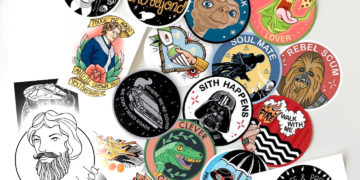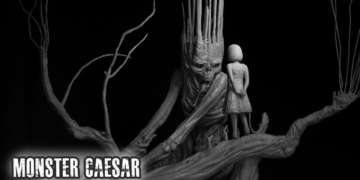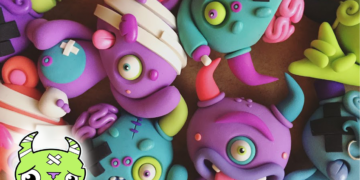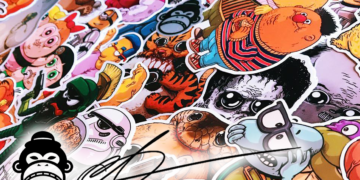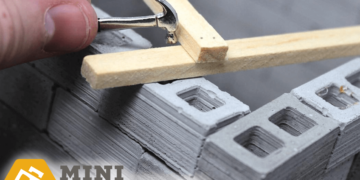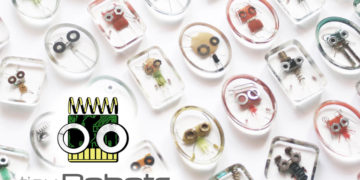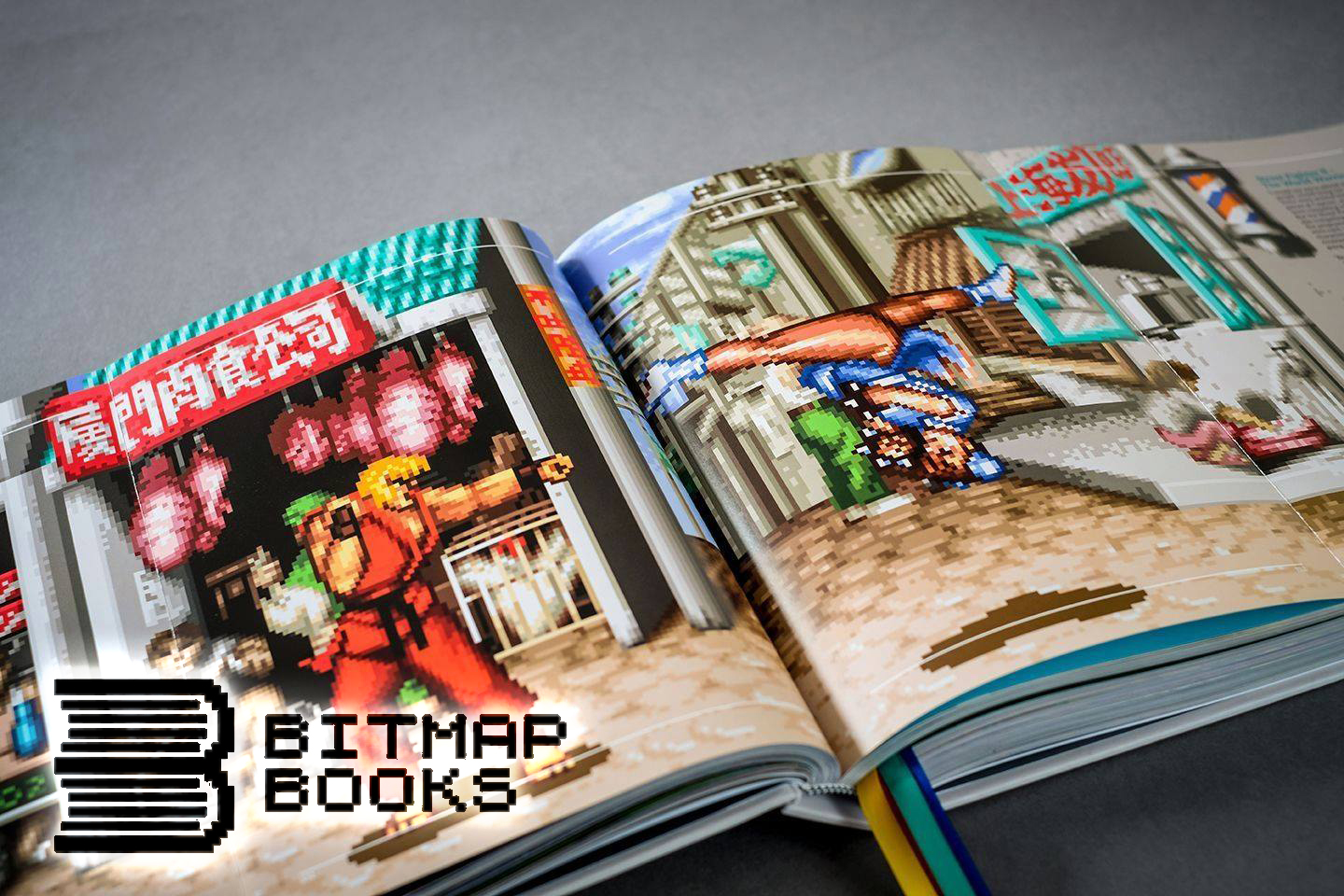
In our Makers section we are introducing you to the awesome people behind innovative products. Our guest this week is Sam Dyer the creator of Bitmap Books.
Please tell us a little about your background and what you are doing.
My name is Sam Dyer, and I live in the beautiful English city of Bath with my wife and two children. I formed Bitmap Books in 2014 and we now have 11 books in our catalogue, which are available to buy from www.bitmapbooks.co.uk.
What inspired you to create Bitmap Books?
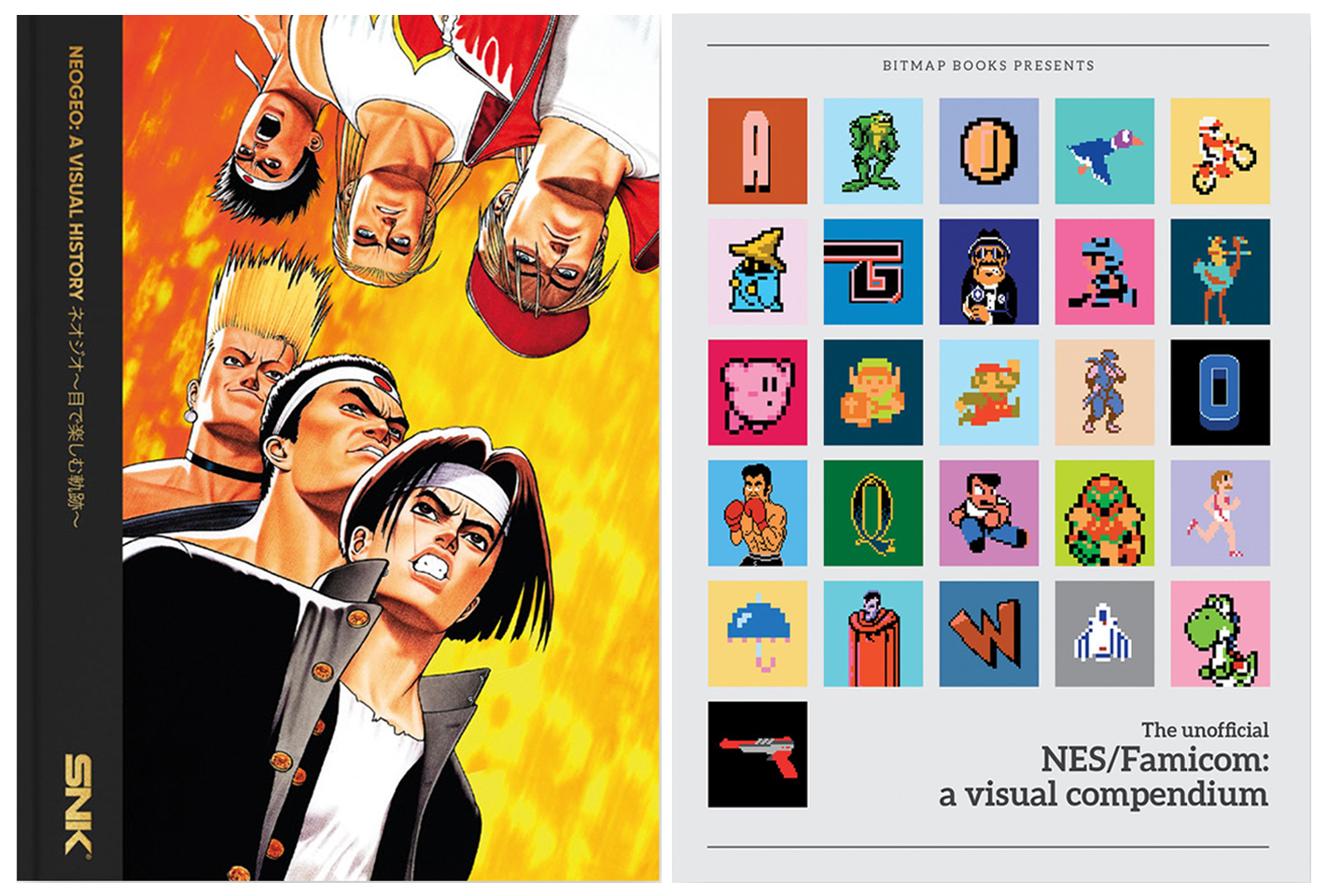
My first computer was the Commodore 64, which was handed down to me by my Uncle. I loved playing the games and listening to the amazing SID music, but the thing that captivated me the most, were the graphics. All the games were on tape and took about 15 minutes to load, and If you were lucky, you had a loading image to stare at. I remember sitting there for ages just staring at the little coloured rectangles wondering how the hell they managed to make this image looks so realistic. Obviously looking back now it wasn’t realistic, but at the time I’ve never seen anything like it. This love for computers and game graphics continued through my teenage years where I played a lot of Amiga games including point-and-click adventures such as The Secret of Monkey Island and iconic puzzle games such as Lemmings. When it came to choosing a career, I never really considered getting into game graphics. At the time I was very into art and design, so I decided to go the route of training to be a professional graphic designer.
“My love for video games has always been there and a part of who I am.”
In 2014 I decided to merge my two greatest passions and start designing books about retro video games. It was only natural that the first book I did would be on the Commodore 64. I wanted the book to have a theme and came up with the idea of ‘visual compendium’, as to me, it seemed to encapsulate everything that I wanted to include in the book. The vision was that the pixel art would be the hero and there would be minimal text. I firmly believe in the cliche of ‘a picture speaks 1000 words’ and the nostalgia from seeing these old screenshots of old games is really powerful. What I was doing, never actually started off with an intention to create a business/brand but as things gathered popularity, Bitmap Books became a proper business and in the last four years has grown considerably. I consider myself very lucky to be producing books like this as they are a joy to design.
What goes into developing new book?
From having the initial idea to the printed book arriving probably takes about 12 months. Once the subject has been agreed we then go into a phase of research where we will find out as much information as we can about the given system. This will include speaking to collectors, fans and of course playing through lots of games! Once the knowledge is sufficient, the next job is to start thinking about what the content for the book will be. The majority of the time, the bulk of the book is taken up with games so I would start off by creating a list of say the top 100 games on that system. The idea being that only games with really great graphics make into the book which sometimes leads to making quite difficult decisions about leaving out some games that are popular but maybe didn’t actually look that great in comparison. Once we have the final list of games to include, the next task is to research who worked on each game, who is the artist, who is the developer and who is the director for instance. We then create a big spreadsheet and add these details. The next task is to try and make contact with these guys via maybe a personal website, social media or through friends of friends. It’s a little bit stalker-ish but does the trick!
Alongside the games, we also include a lot of photography of the systems. This will involve either sourcing and buying various systems and then having them photographed professionally, or working with a collector who has all of the stuff already and a photographer would go to their home and photograph everything.
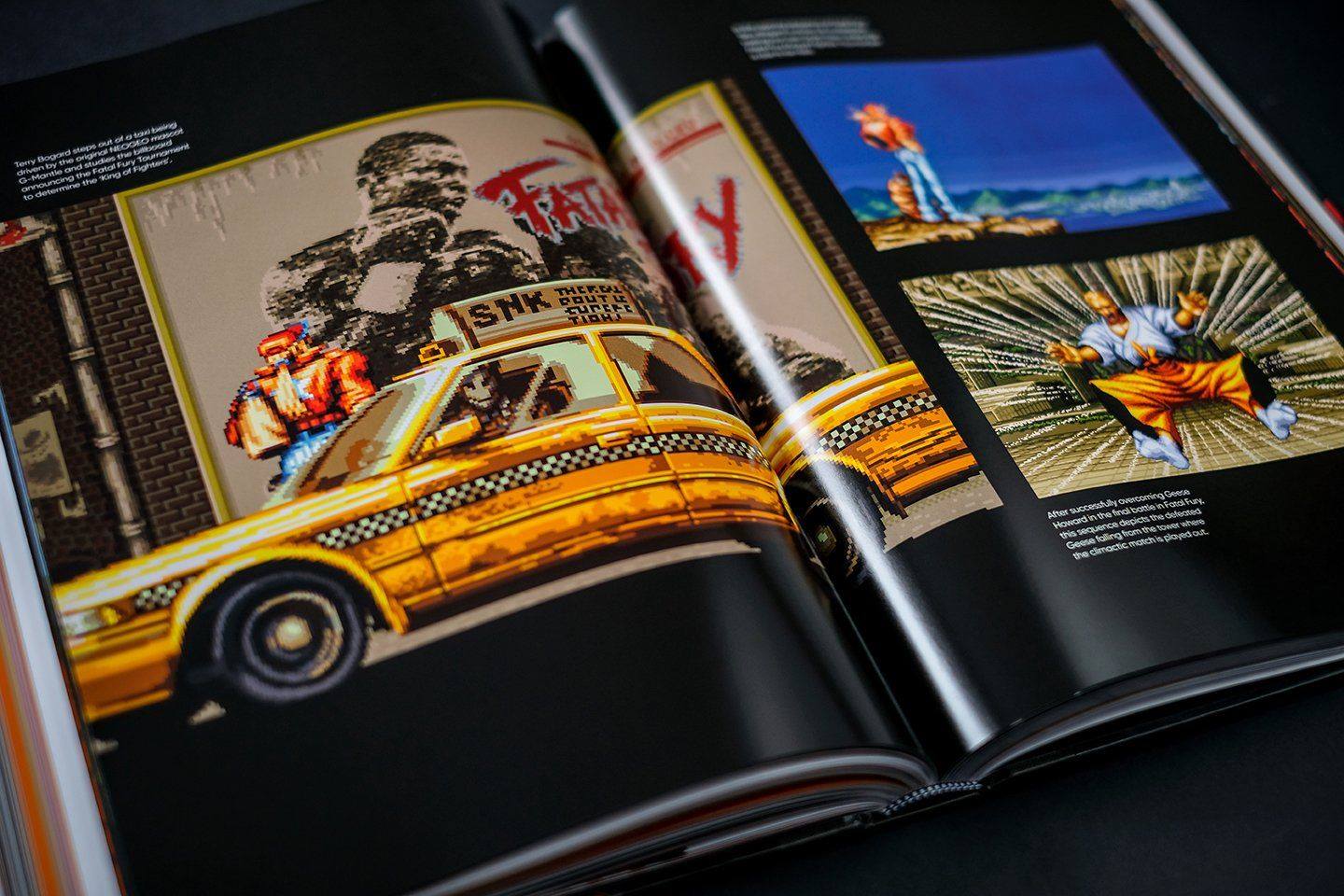
Another big part of the books are the features, and over the years we have worked with some great writers commissioning articles such as the history of the system, interviews with developers and also developer profiles where we focus on a certain company, such as Capcom for instance.
Once we have the structure for the whole book and the content agreed on, it can be designed, which is the fun bit! This middle part of confirming the content and design normally takes around six months. As a designer, I’m constantly trying to think of new and interesting ways to make each book feel different to the last. For instance, in our ZX Spectrum book we used fluorescent Pantone inks to mimic the vibrant color palette and in our recent Super Nintendo book the hardback edition contained four colored bookmark ribbons that referenced the Super Famicom logo color palette. These are the little details that really get me excited and I think set that book apart from other publishers.
Once pretty much all the text is in, a draft design will then go to Steve Jarrett who I’ve worked with for the last four years. Steve is a veteran journalist who has launched many classic video game magazines such as Edge, Total!, and The official PlayStation Magazine. He’s a proper legend and casts his expert eye over the text in the book and gives a good polish and make sure everything sounds perfect and as it should. Once all this is done the book can I get a print which then takes a couple of months to get the books back to my factory in the UK.
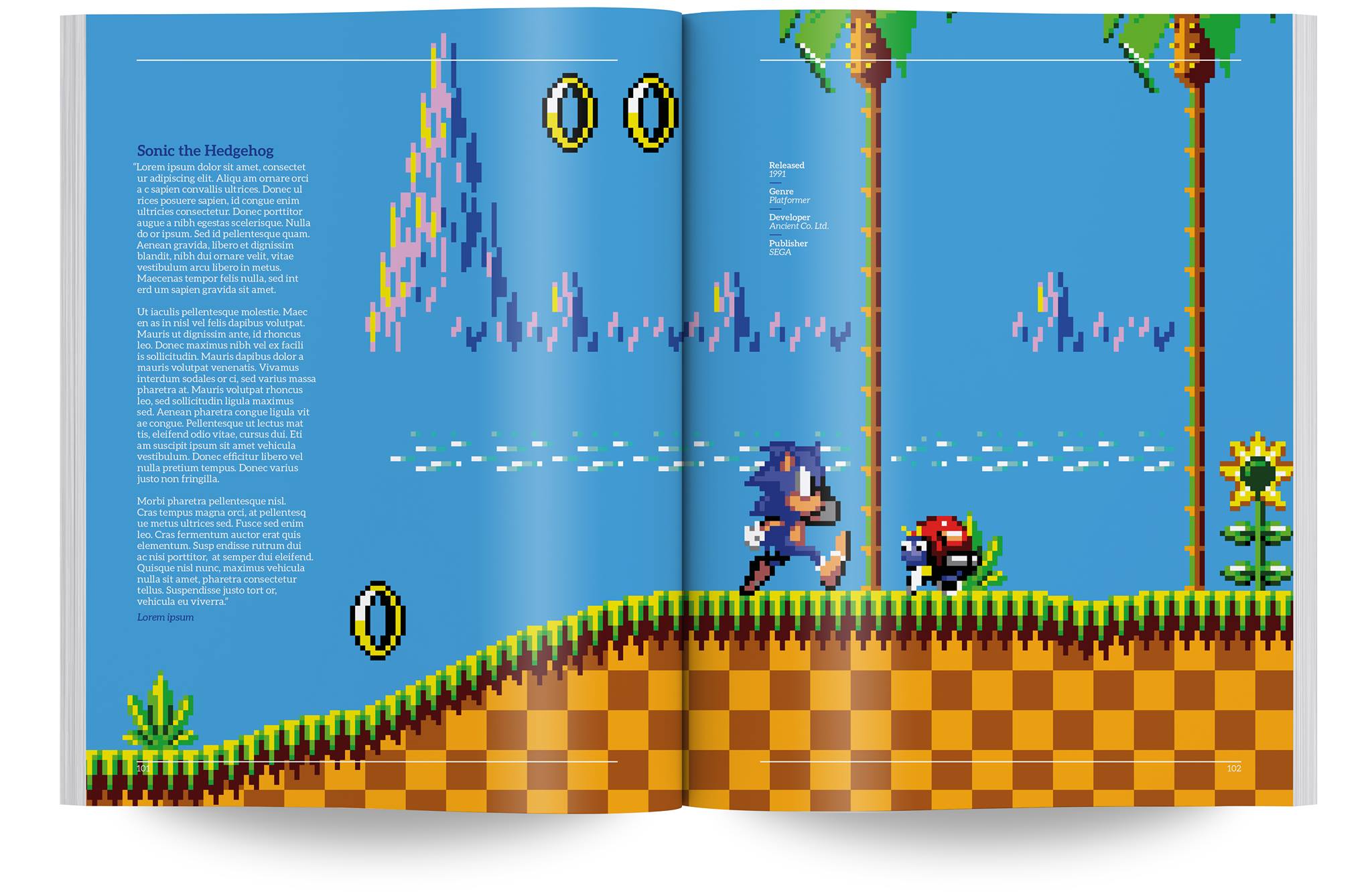
What have been some of the biggest challenges?
Trying to gauge how many books to print is always one of the hardest things. You don’t want to print too many and be left with loads of stock and you don’t want to not print enough and run out. It’s really tricky and not something I always get right!
I guess the main challenge has been the speed in which Bitmap Books has grown. It’s gone from a hobby job to something more than that. I’ve had to learn on the fly which has been an amazing experience but something totally new for me.
What has been your greatest achievement so far?
I’d probably say that the most challenging book ever published has been NEOGEO: a visual history. I’m proud, because it was the first official book that we did and to be working alongside SNK in Japan was a real honor. The language barrier wasn’t a big deal but the time differences between the UK and Japan were challenging as it often meant waiting a day to get answers to questions. The book concept was something much bigger than I’d ever taken on and covering the whole NEOGEO range was a big task as there were so many variants, games and peripherals. I was very lucky though, to work with a team of collector’s that had a great deal of NEOGEO knowledge that they passed on. They also had some mega rare items that they kindly allowed to be photographed in the book. The reaction to the final book blew me away and I’m incredibly proud of the whole project.
Secondly, winning a gold Roses Design Award for the ZX Spectrum book was a huge moment for me. To have one of our books recognized in a professional design competition is a big deal.
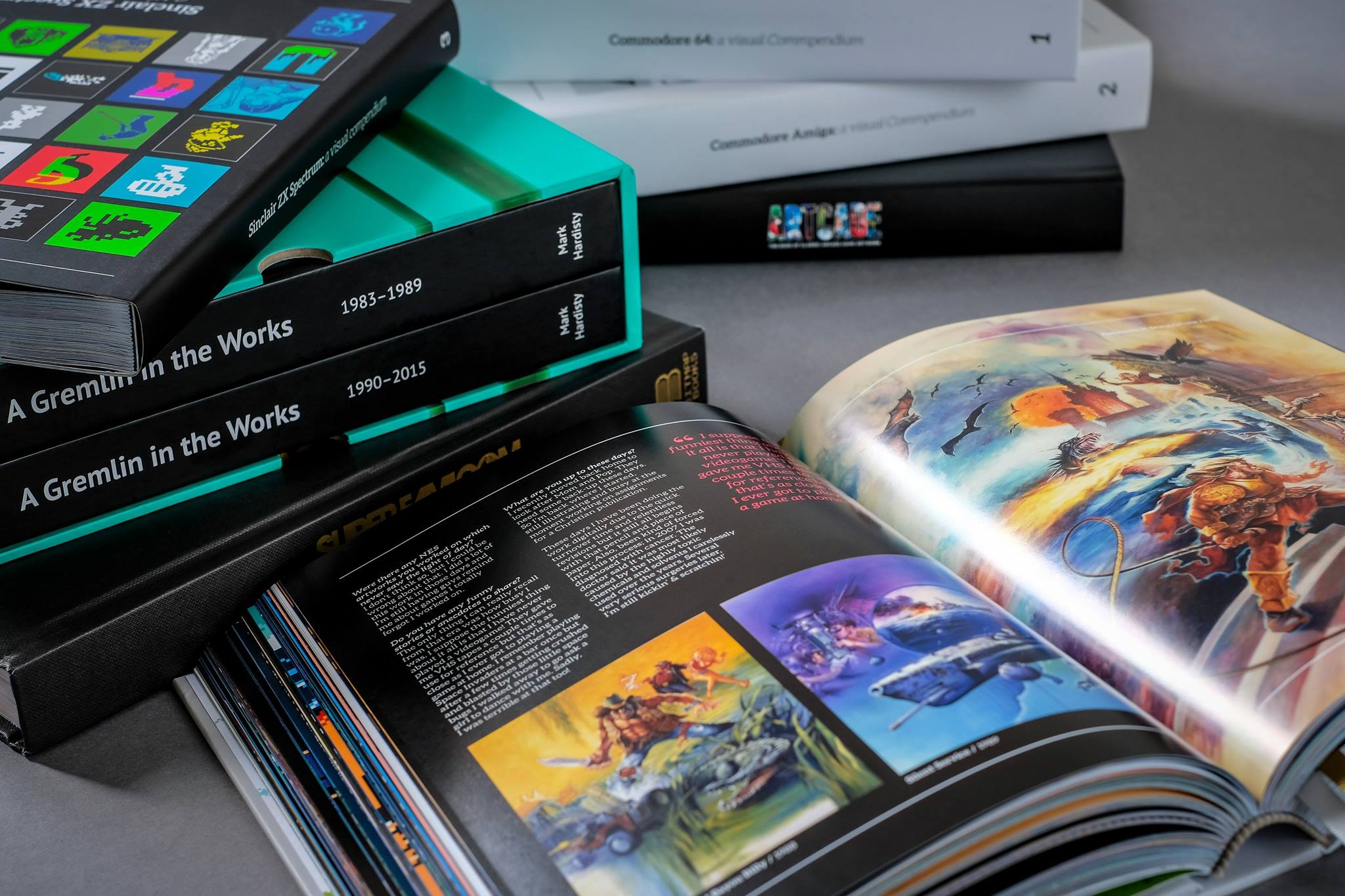
What are your goals for the future?
One big thing I’m doing 2018 is diversifying the types of books that Bitmap Books produces. I still have a massive passion for video game books, but I also have a desire to produce other coffee table books on various subjects such as science fiction, art and youth culture. So, soon we will be launching a The War of the Worlds illustrated art book. We’re working with a very talented illustrator to bring the original text of the classic H.G. Wells novel to life with gorgeous illustrations in a high-quality hardback tome. Additionally we’re working on another book that will be collection of rave flyers from the late 80s to the late 90s.
With the video game books, it’s my dream to continue producing them and in 2018 we will be releasing The Art of Point-and-Click Adventure Games and SEGA Master System: a visual compendium, which is officially licensed from SEGA.
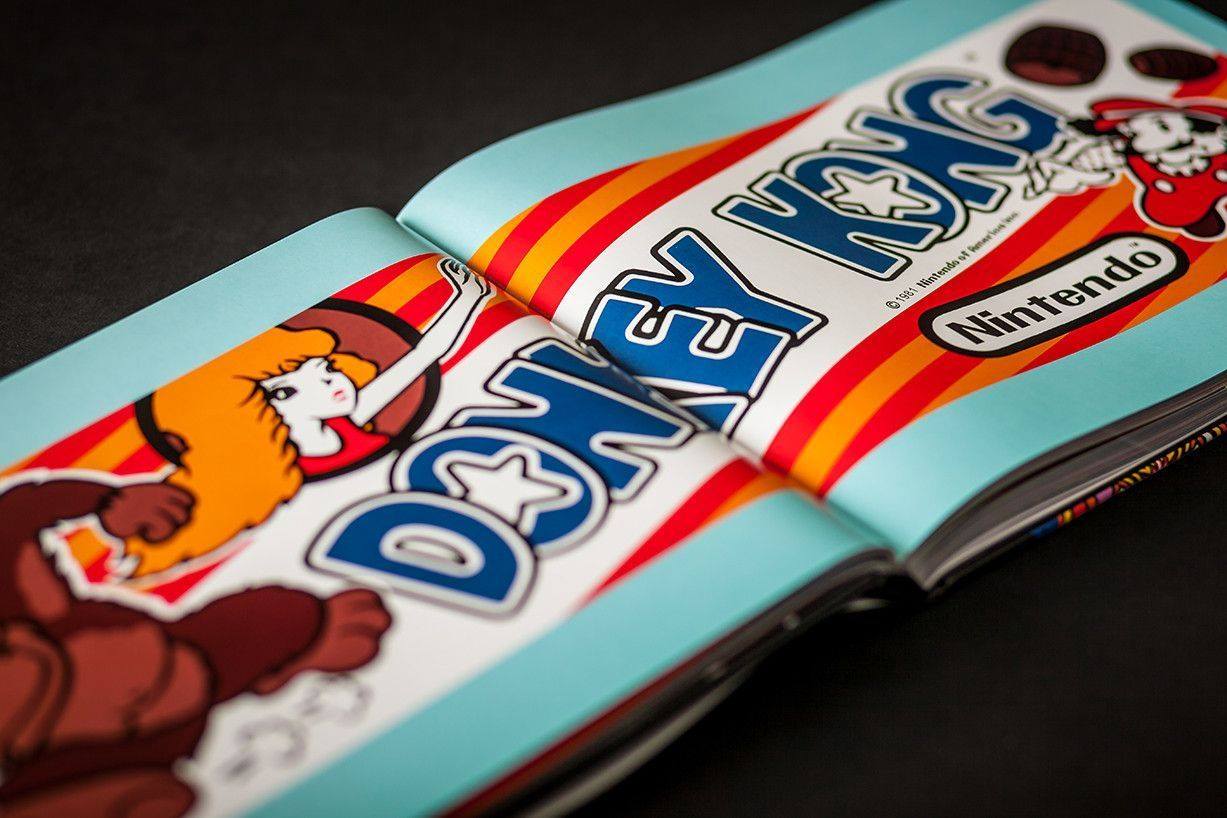
What advice do you have for someone who is just getting started with their own project?
I quite often get emails from people who want to do similar books to what I’ve done and ask me how I do it – like I have some kind of magic formula! The truth is that my design and marketing background helps massively when promoting and producing books and creating a brand, but underneath that I’ve made huge personal sacrifices around family time to devote to Bitmap Books. For the first three years, the books were designed at lunchtimes, evenings and weekends and it was just lots and lots of blood sweat and tears. If you think you can do it without putting the work in, you’re very much mistaken.
One other thing that I think has held me in good stead has been my honest and clear communication with customers and Kickstarter backers. I’ve always tried to be as open and honest as possible and explain the process I’m going through, answer any queries and handle any issues in a fair and upfront way. It took time, but I believe I’ve now built up trust with my loyal fan base. This takes time and effort and should never be underestimated how important it is.
Another thing I’d say is that if your desire is to produce a coffee table book and you’re not a professional graphic designer, find one and work with them! If you want your book to be successful then we should invest time and money into the visual design.
“Never ever underestimate the power of great design.”
Which resources, tools, insights have been the most helpful to you?
The Internet has been invaluable for research. Obviously you have to take a lot of what you read with a pinch of salt but on the whole it’s a very useful tool for finding out about old games. I also spend a lot of time using a application called OpenEmu which is an Apple Mac emulator front end which perfectly runs loads of retro systems. It enables you to configure your controller so you can take a screenshot with a press of a button. I spend an unhealthy amount of time in OpenEmu playing games, and taking screenshots!
What’s in your opinion the best designed retro-game and why?
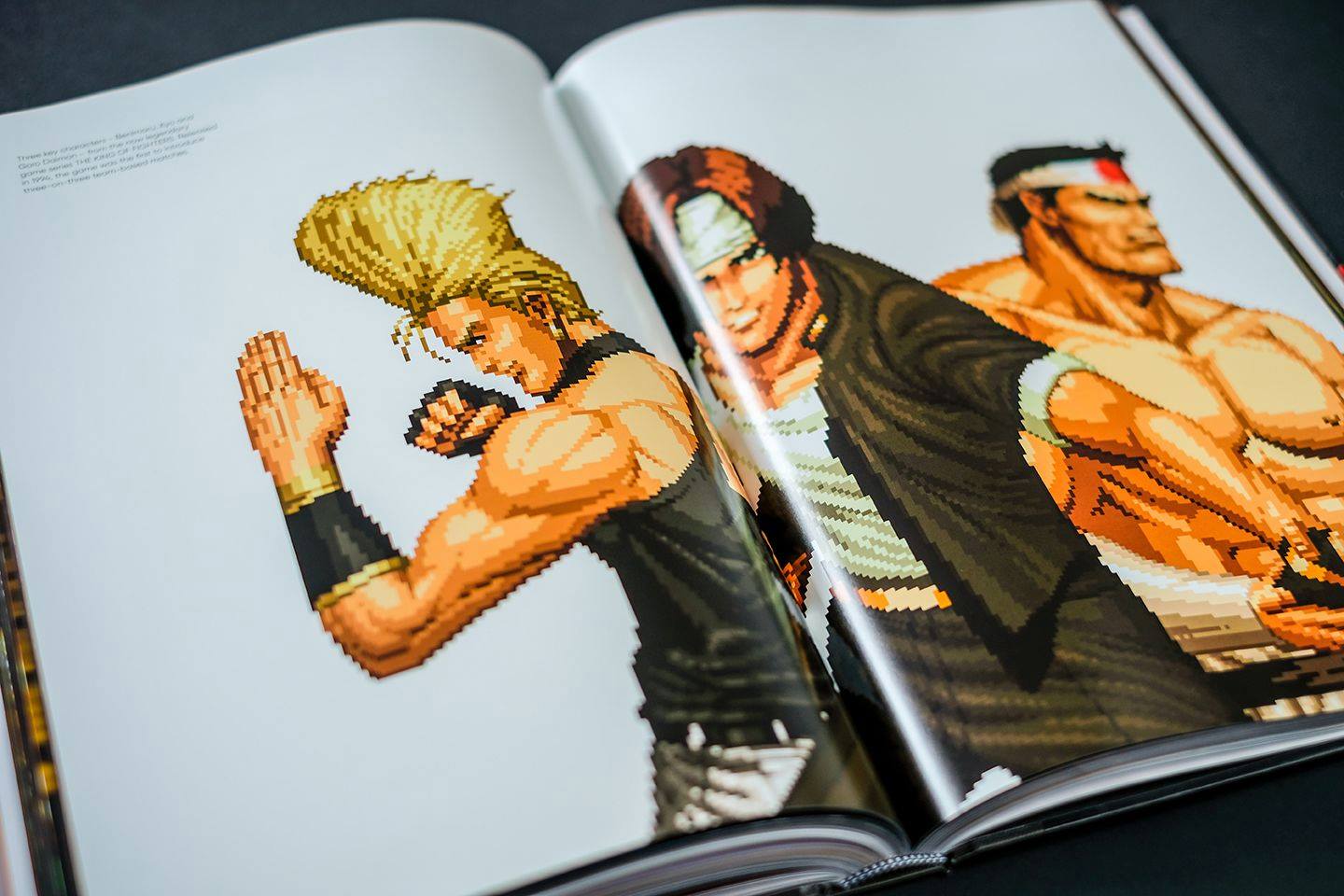
I probably say Street Fighter 2. 25 years on it’s still a great, playable game. I remember playing the arcade cabinet as a teenager in the seaside town where I grew up and later on the SNES. I love everything about it with it’s iconic moves, characters and I think it just captures that early 90s period really well. I still play it nowadays and it’s very nostalgic for me.
If you could only own one console, which one would it be and why?
I have to say the Commodore 64, just for purely nostalgic reasons. Plus you’d never got bored working through the thousands of games that were released for it!
Where can we learn more about you and Bitmap Books?
Facebook: www.facebook.com/bitmapbooks
Twitter: @bitmap_books
Website: www.bitmapbooks.co.uk

